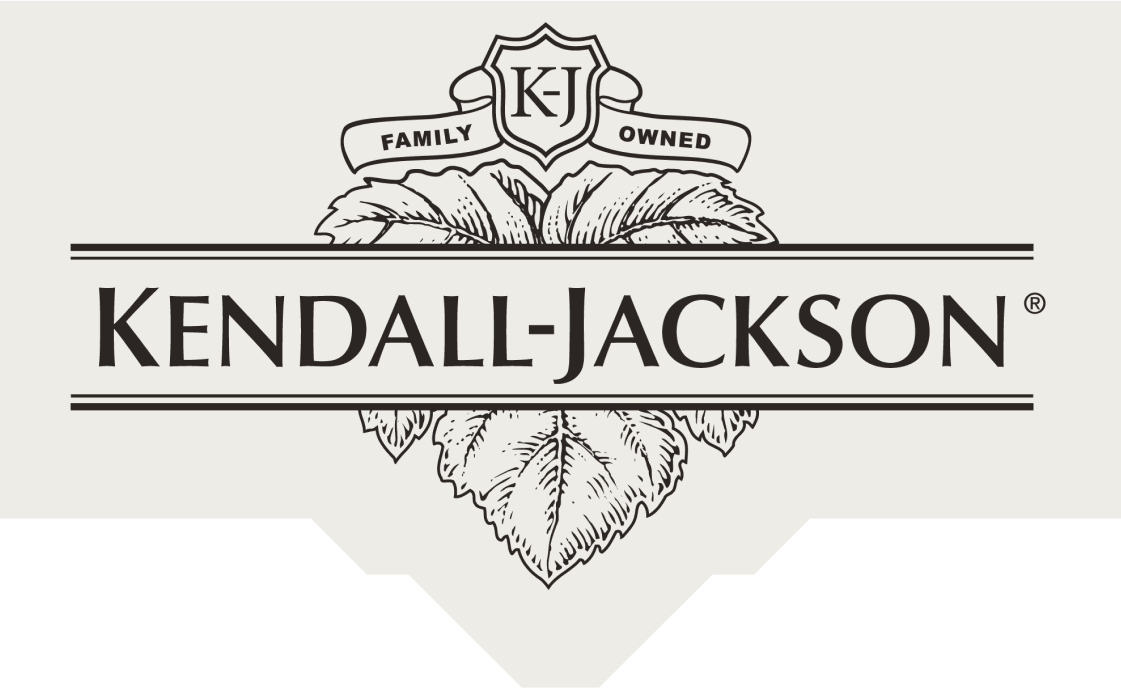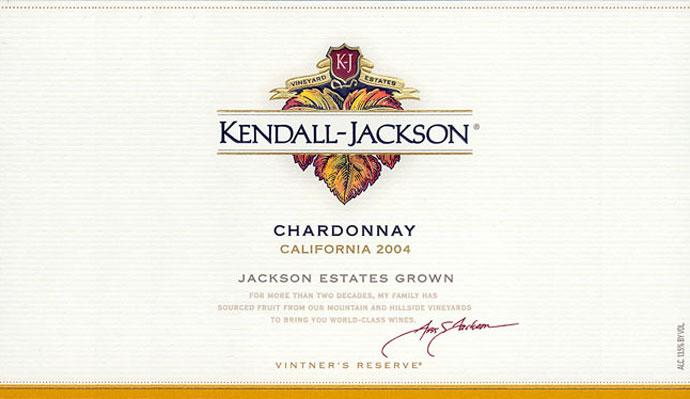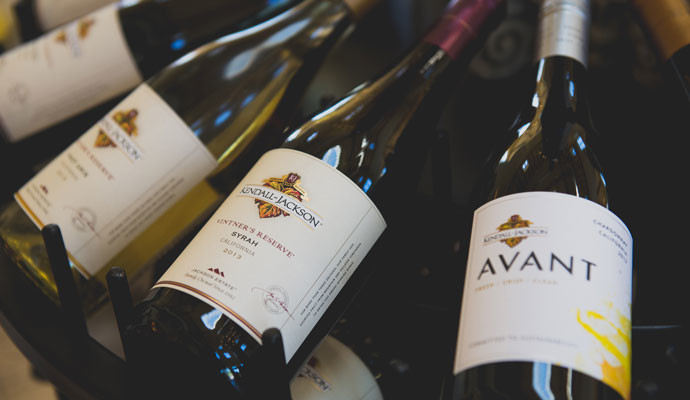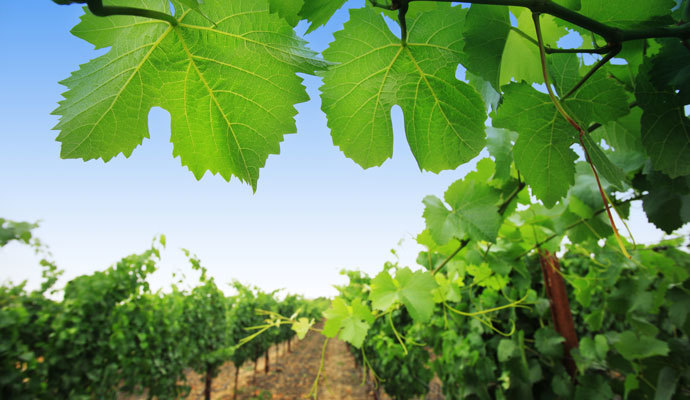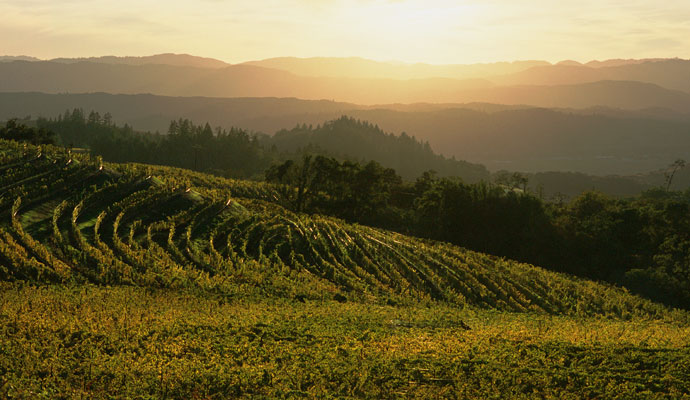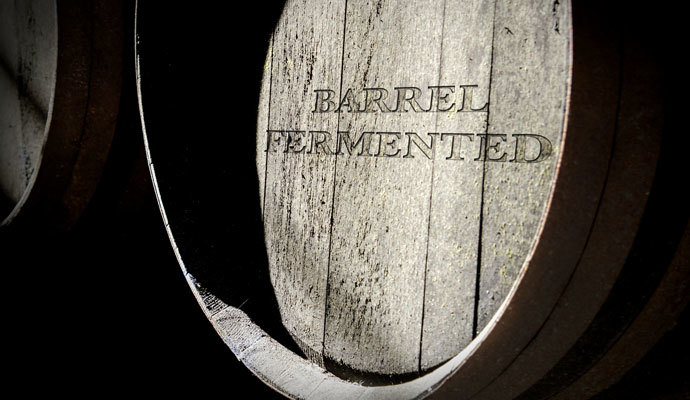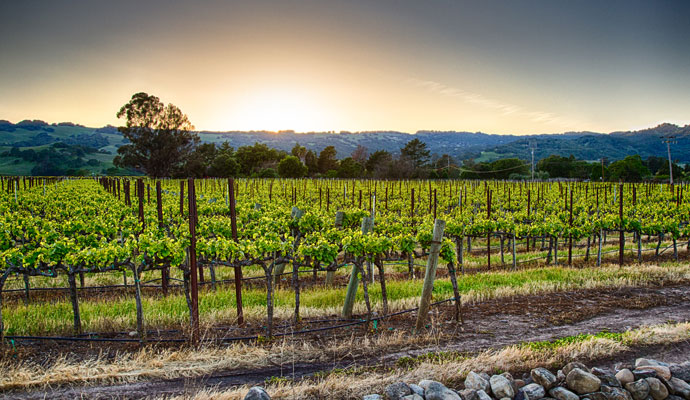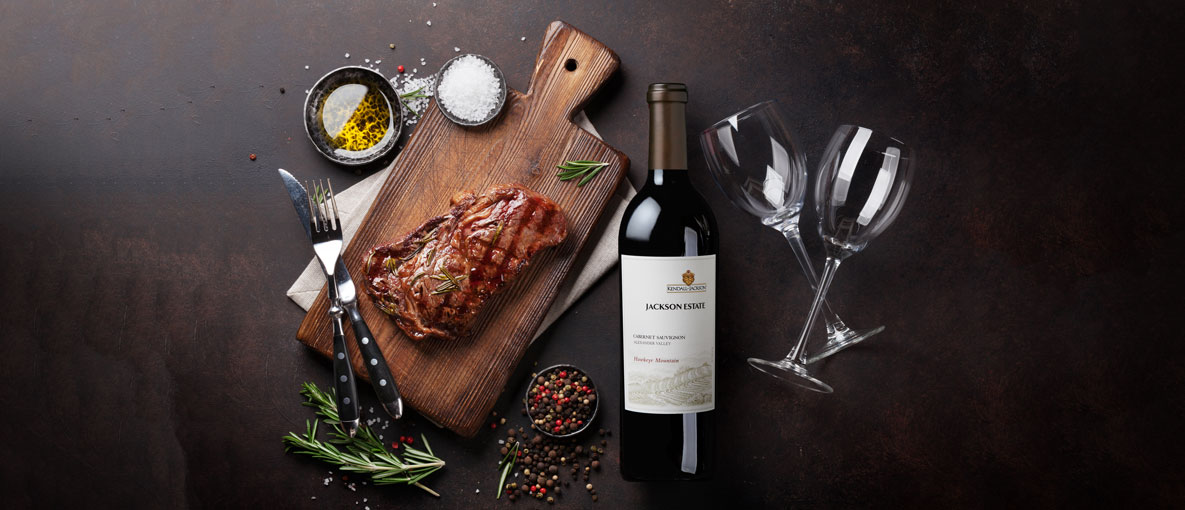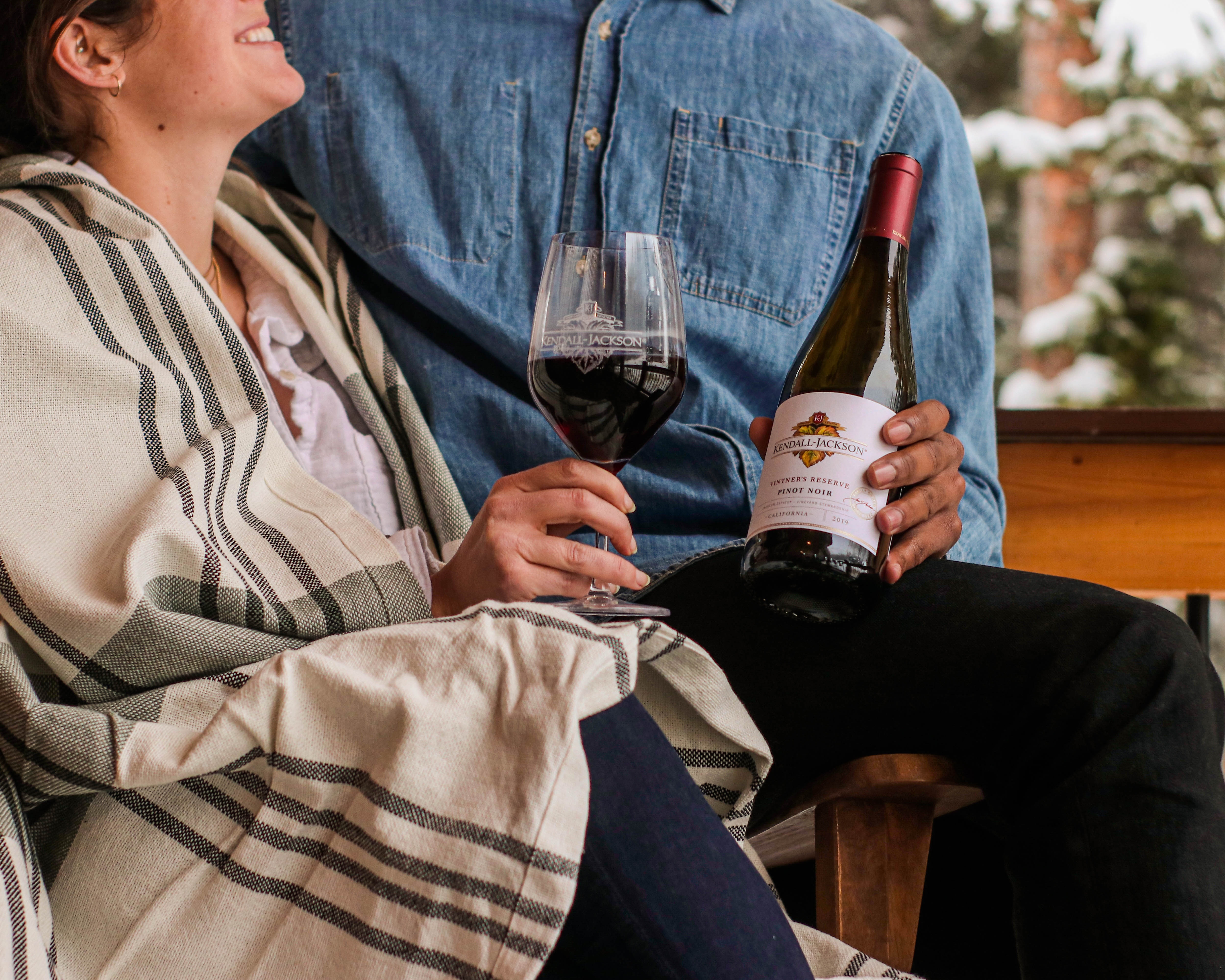What are the Most Important Things to Know about Wine?
Well, to begin with, you don’t need to know anything about wine to enjoy it!
And, in fact, all that most people know is that wine is an alcoholic beverage, and that it tastes good, and can be the perfect drink for the food you’re having and the atmosphere you’re creating. And those are three very important things to know.
But I’d argue that knowing a little more can add to your appreciation. And you don’t have to Google the wine, because there’s lots of information right on the label.
You’ll find the alcoholic content. This is expressed as a number with a decimal point. Most table wines measure between 12.5% up to around 15.5%. That tells you a lot: how “heady” the wine is, and how soon you’ll start to feel the impact of the alcohol. That’s important to know, too.
On the label you’ll usually also find the variety of the grape the wine is made from: Cabernet Sauvignon, Pinot Noir, Sauvignon Blanc, Chardonnay and the like.
That’s important, because it will signal what the wine tastes like. (Sometimes, wines are given so-called “proprietary” names, which are whimsical inventions that don’t mean anything.)
You’ll also find out from the label what appellation the grapes (or the majority of them) were grown in: Napa Valley, Russian River Valley and the like.
That’s important, because, once you start learning which are the better appellations, and which ones are best for certain grape varieties, it will help you make an informed choice before you buy. And the label should tell you if the grapes were estate-grown.
Most of the really cool stuff about wine, however, isn’t on the label, so you’ll have to dig a little deeper. Usually, the winery’s website will tell you things, like the winemaking technique: Was the wine barrel fermented?
Where were the barrels from (France? Missouri? Yugoslavia?) The website might have information on the vineyard(s) where the grapes were grown: Not just, say, “Russian River Valley” but precisely where in that sprawling valley. A warm area? A cooler area? A low-lying area or a mountainous area? These things are important to the wine’s quality. It can add immeasurably to your pleasure to know, for instance, that that Pinot Noir was grown at an elevation of 1,200 feet, above the fogline. This is a vital component of the wine’s terroir.
A final thing to know is whether the grapes were grown organically, or sustainably, or biodynamically. Each of these terms refers to a distinct pattern of practices defined by third-party certifying agencies. If these sorts of things are meaningful to you — and they are to more and more of us who care about the Earth and about our bodies — then you should make an extra effort to learn about them.
When you find yourself turning to Google to learn more about that glass of wine you’re drinking, give yourself a little smile. It means you’ve officially become, yes, a geek. Welcome to the club!
Looking for more ways to step up your wine game? You may also find interest in these articles: What is the best way for a beginner to learn the basics about wine?, More Ways to Up Your Wine Game and How to Take Your Wine Knowledge to the Next Level.
Steve Heimoff is one of America’s most respected and well-known wine writers. The former West Coast Editor for Wine Enthusiast Magazine and a contributor to Wine Spectator, he has also authored two books on the subject of California wine, including “New Classic Winemakers of California: Conversations with Steve Heimoff,” published in the fall of 2007.
